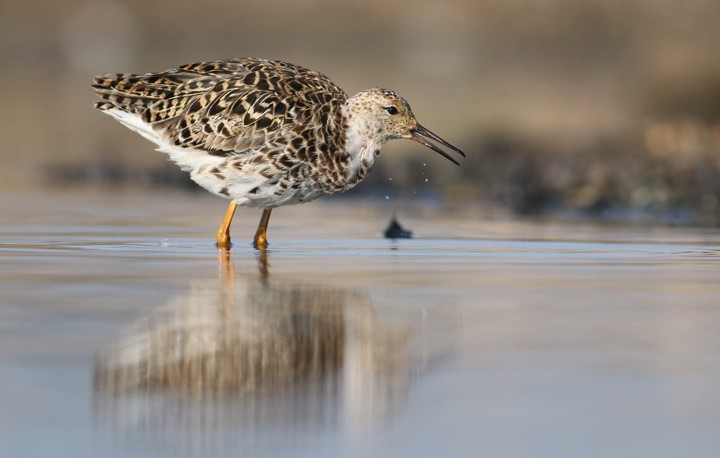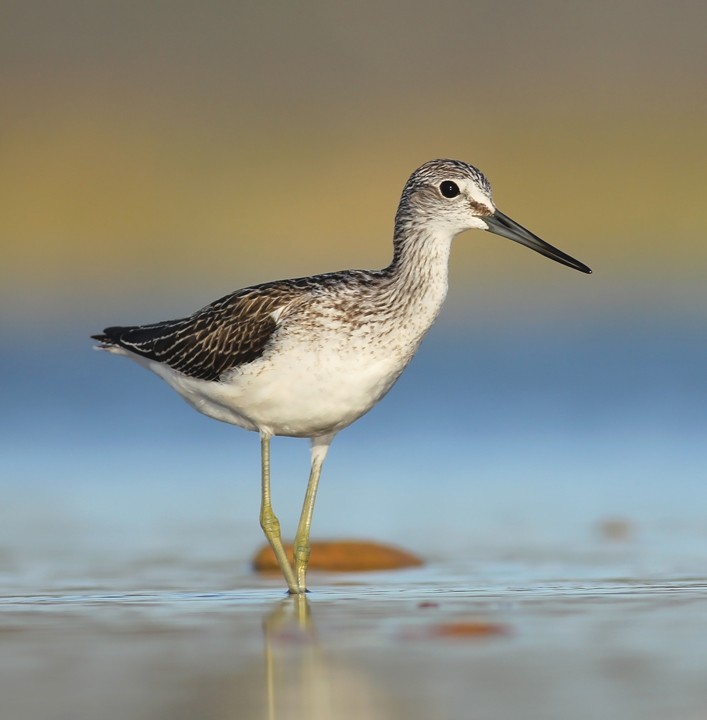Descripción
Ormož lake was created by damming river Drava for hydroelectricity production purposes in neighbouring Croatia. The lake itself is cut in half by the border between the two countries. Ormož basins were previously used as storage tanks for wastewater from the sugar factory in Ormož. Large concentrations of nutrients led to an abundance of food – the abandoned pools therefore became an important location for many nesting and migratory endangered bird species.
Detalles
Accesso
You can get to the lake and basins either by train or intercity bus. Both stations are situated in Ormož and are fairly close. From the train station you head towards river Drava on the road in direction of the stream. After about a 10 minute walk you reach the embankment (on your right), from where you can observe the lake. If you want to reach the Ormož basins, you have to leave the embankment by crossing one of several footbridges. You continue your way on the dirt road, which turns left, leading to the basins. Here you have to be especially careful not to harass birds. On your visit therefore please stay on the dirt road. Do not walk among pools and on embankments! The visit of the lake and the lagoons will take you a whole day.
Terreno y habitat
Humedal , Río , Pisos de barro , CañizosCondiciones
PlanoCamino circular
No¿Se necesita telescopio?
SíBuena época para el avistamiento de aves
Todo el año , Invierno , Primavera , OtoñoMejor momento para visitar
Migración de otoño , Migración de primaveraRuta
Camino sin asfaltar , Camino anchoCamino difícil de andar
FácilAccesible vía
A pie , Bicicleta , CocheEscondite de observación / plataforma
SíInformación extra
Lake Ormož and basins are a very important for birds. In winter you can observe the Ánsar careto , Ánsar Campestre and Ánsar común here. Many duck species, great flocks of Focha Común and Pigargo Europeo. Winter is also a time when the Porrón Osculado and Serreta Chica frequently occur. Reeds growing at the beginning of the lake are a nesting place for several species of warblers and Avetorillo común in the summer. Numerous species of gulls can be found on the lake. Occasionally rare gull species can be seen.
In spring, summer and autumn the Ormož basins are a place where you can observe different waders such as the Archibebe Común and Archibebe Oscuro, and (even!) Archibebe Fino, Archibebe Claro, Aguja Colinegra and Chorlitejo Grande. In time of migration various species of waders and dabbling ducks are present in the area. Water pools are a nesting place for Charrán Común, Gaviota Reidora and Cigüeñuela común. The Porrón Pardo, a species of global environmental concern, nests here as well. Singing of Rascón Europeo can often be heard from the reeds in summer months, and with some luck we can also hear the Polluela Bastarda and Polluela Pintoja. In the warm half of the year we can observe the Aguilucho Lagunero Occidental (which also nests here) and in winter time the Aguilucho pálido often glides over the reeds.


